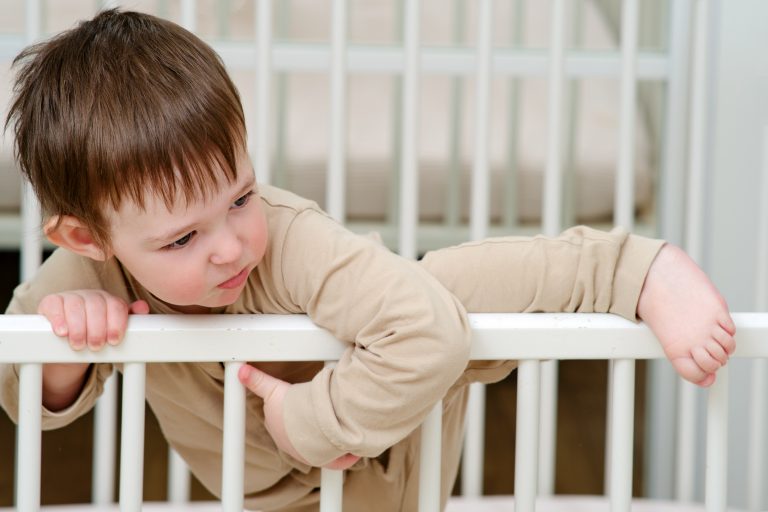Congratulations on your toddler crossing another significant milestone! While transitioning your little one from a crib to a toddler bed can be overwhelming and scary for many parents, there are ways to help make it smoother. Generally, toddlers are ready to transition to a big bed between the ages of 18 months to four years. However, parents and caregivers of the kids know best when they are ready for this big move.
If you are wondering whether your child is ready for this transition, it would help if you asked yourself:
- Is my child consistently trying to climb out of the crib?
- Is the crib getting too small or tight for my child?
- Is my child showing interest in a big kid bed?
- Do I need the crib for a new sibling?
If you answered yes to these, it may be time to transition to a big bed!
Check out these five tips that can help make the process easier for both you and your child:
- Start preparing earlier. It is always a good idea to keep the child involved in the whole move process. Children find comfort in knowing what to expect. It would be helpful to start talking to your child about how sleeping in a big kid’s bed would feel. Shortlist the beds you like and let your child browse them and decide which one to buy. Picking out their favorite character’s bedsheet and pillowcases can excite the child to sleep in it. Picking up a date for the big move would also build excitement and prepare them for it.
- Keep the bedtime routine the same as before. When your child is about to experience a big change, it is always helpful that all the other factors of their routine remain the same. It would make the whole process a little less overwhelming for them. Whether it is story time before bed, their usual night light, or the stuffy they sleep with, the child would find comfort in all those familiar things. Making a big deal out of their big move would make them feel proud of themselves for achieving this milestone.
- Keep a water bottle close to the bed for nighttime waking. Kids wake up a lot during the night for water, a scratchy throat, or simply some comfort sips. Having a water bottle nearby would help them stay in their room in case they need a drink. It also helps them stay in their room for longer in the morning when they wake up and want to just independently play in their room.
- Be prepared for your child rolling over at night. During the initial days when the child is getting used to their new bed, they might roll over during the night. For this reason, lower toddler beds are more useful. Having some floor cushions beside the bed would lessen the impact of the fall. It is okay if you find them sleeping on the floor the next morning. They will eventually get the hang of it. Child proofing the kids’ room would help in ensuring that the child remains safe in case he rolls over. Having a video and sound monitor in the room is a great help for parents to keep a track of their child.
- Start the bedtime earlier than their usual time. For at least a month, it would be helpful to start their bedtime routine and getting them in bed around half an hour earlier than their usual bedtime. This is because the child might want to play in their room a bit or take longer to fall asleep initially. This would help avoid morning crankiness due to lack of sleep.
Moving to a toddler bed gives the child a sense of freedom. Letting them explore their room and their toys inside their room during bedtime and after they wake up in the morning would help encourage them to play independently. Gradually, they will find their way around, and start sleeping without getting distracted. Know that you will get through this too, like always! The key is to be consistent. Happy transitioning, you got this!
For A Sleep Consultant’s Answers to Parents’ Top 10 Sleep Questions check this out!

